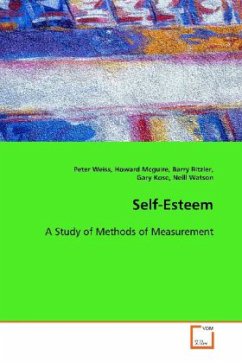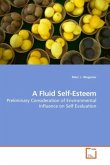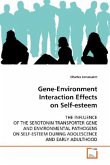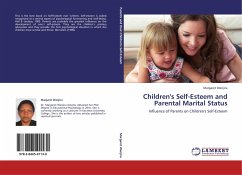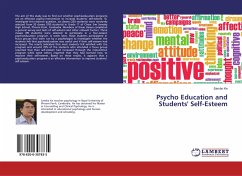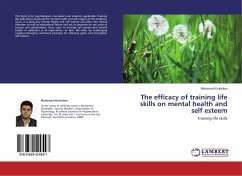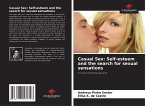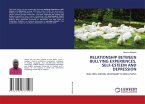The measurement of the construct self-esteem has
always been a controversial topic in the field of
personality psychology. While most psychologists
agree on how to define self-esteem, the measurement
of the construct is another matter. In this book,
Peter Weiss and colleagues discuss different methods
of measuring self-esteem and describe differences in
how these tests are constructed. They note that self-
esteem tests can be categorized along two
dimensions: They either measure self-esteem using a
unitary score or a disparity measure, and they are
either idiographic or nomothetic in focus. The
authors explain how these issues in test
construction may potentially affect measurement and
result in the lack of construct validity sometimes
observed in research on self-esteem. They then
describe their comprehensive original study of self-
esteem measurement, in which they examined the
relationship between the Kelly Repertory Test, the
Rorschach Comprehensive System, and several self-
report measures of self-esteem. The implications of
this study, unique in the personality assessment
literature, are also discussed.
always been a controversial topic in the field of
personality psychology. While most psychologists
agree on how to define self-esteem, the measurement
of the construct is another matter. In this book,
Peter Weiss and colleagues discuss different methods
of measuring self-esteem and describe differences in
how these tests are constructed. They note that self-
esteem tests can be categorized along two
dimensions: They either measure self-esteem using a
unitary score or a disparity measure, and they are
either idiographic or nomothetic in focus. The
authors explain how these issues in test
construction may potentially affect measurement and
result in the lack of construct validity sometimes
observed in research on self-esteem. They then
describe their comprehensive original study of self-
esteem measurement, in which they examined the
relationship between the Kelly Repertory Test, the
Rorschach Comprehensive System, and several self-
report measures of self-esteem. The implications of
this study, unique in the personality assessment
literature, are also discussed.

